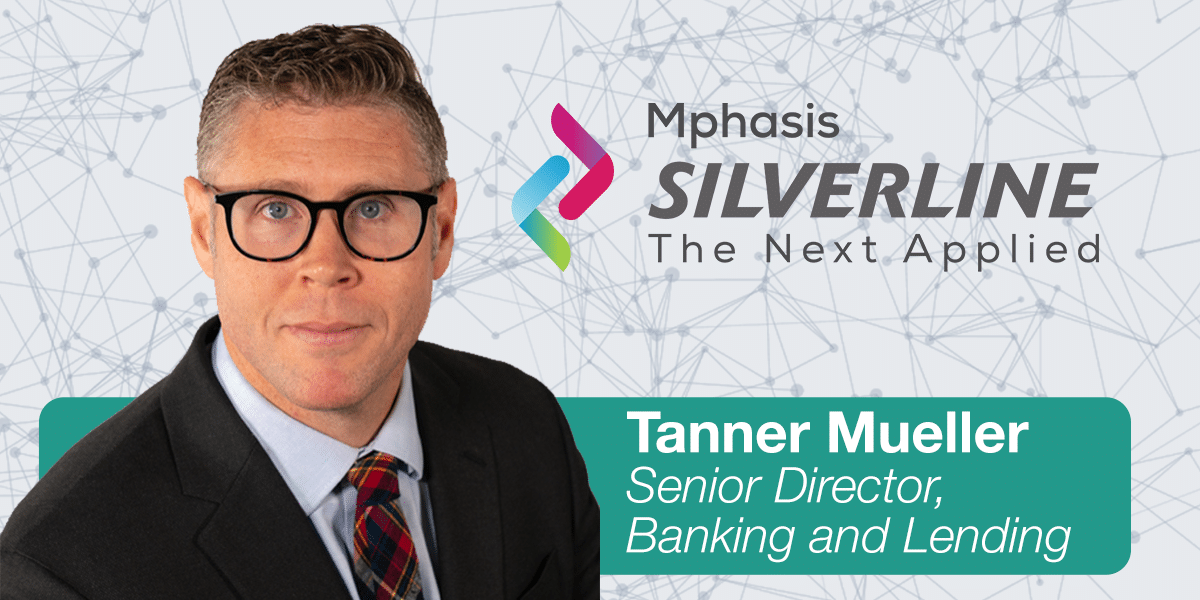Much has already been written on the ability of technology to transform the customer experience, introducing consumer lending portals and other tools for communication with lenders.
But the truth is, consumer expectations are at an all-time high. You need to build a better lending experience or risk losing business.
I’ve seen so many clients turn on Salesforce and think that it solves all of their problems — and while Salesforce is a fantastic tool that our teams have worked with for more than ten years, it’s never as easy as plugging it in. Making the most of the incredible benefits that Financial Services Cloud offers requires banks to have a certain set of skills on their team.
5 tech skills banks need to succeed
The good news? The banking skills of the future don’t require advanced degrees or lots of technical know-how. What it comes down to is skills that help streamline operations, manage teams, and optimize technology — the same skills we at Silverline use every day.
Here are the top five banking skills of the future:
1. Strong technology product ownership
Using Financial Services Cloud combines multiple sources of data all in one place. The same way that having one 360-degree-view of your customer data makes it easier to deliver a better customer experience, you need one person or one team responsible for the maintenance of your Salesforce platform.
At Silverline, we call that the product owner. This may be a Salesforce administrator, but it may be the Salesforce champion within your organization. What matters is less about technical expertise and more about mindshare and project management, especially if you’re approaching a new implementation or Salesforce project. You need a single point of contact empowered by the organization to talk to stakeholders and SMEs on a daily basis to keep the project moving, especially for complex financial deals.
2. A holistic Center of Excellence (COE)
A Center of Excellence is a collective that drives stability and innovation for your organization’s Salesforce solution. It’s best viewed as an organized group of skill sets, rather than individual people. CoEs manage business stability needs, address enhancements, and craft innovative business and technology methods to make your organization stand out from the competition.
In general, anyone in the technology organization that works directly with Salesforce should be part of your CoE, from solution architects to developers and project managers. Adopting this model breaks down your CRM program into several elements, each with a particular area of focus.
This competency center will be able to ensure your program is running smoothly and driving effectiveness internally, and you’ll increase the likelihood of accomplishing your past, current, and future business requirements. To begin building out a Center of Excellence, you need to develop a plan that starts with understanding how architecture, governance, delivery, and value realization are necessary to ensure the investments you make in your CRM program are being upheld on your roadmap to long-term success.
3. Flexible, proactive change management
Change management is part of the broader discipline of organizational change management (OCM), designed to successfully navigate employees through any change. In practice, this means managing the thoughts and feelings of individuals undergoing change in a business setting, driving the behaviors that are best suited to successfully adapt and benefit from the change. This ensures successful adoption of new technology, and achievement of your organization’s defined business objectives.
Proper change management comes down to::
- Preparation: planning, team development, discovery, stakeholder identification, analysis, engagement, and assessing change readiness
- Execution: detailed stakeholder analysis, role and process change impact, communications, training, and reinforcement planning
- Reinforcement: ongoing support and training, monitoring outcomes and adoption, feedback and enhancements, and of course, celebrating a job well done
A successful project incorporates change management early and often, rather than as an afterthought. Your specific approach can and should be tailored to meet the size and scope of your change, but it’s critical to keep in mind as you embark on digital transformation projects.
4. Utilizing big data effectively
So many of our clients have begun their digital transformation programs with data lake or master data management (MDM) architecture on the roadmap, and with good reason. This allows lenders and investment banks to operationalize the data captured about key clients and business relationships, moving from reactive data analytics to predictive forecasts that uncover client insights, establish new market strategies, and expand to new products.
Our experience with integrating to market data providers ranges from complex data lake infrastructures to simple API integration utilities like EasyAPI that help bring market data on to the Salesforce platform fast. These integrations help bankers visualize their relationship and deal data alongside what is happening more broadly in the market, including:
- Company demographics and financials
- Company and institutional hierarchies
- Contacts, relationships, board members, professional associations
- Funds and portfolio investments
- Client news and transaction history
… and that’s only the beginning.
5. Smooth operations processes
The name of the game is process.
That’s what helps financial services firms scale today. This means firms must look to streamline their existing processes — through deletion (removing duplicate activities from workflows), delegation (creating strong boundaries with specific teams that do specific tasks), or automation (using technology to bypass traditional manual processes).
In today’s digital world, retail and commercial customers equally demand a frictionless lending experience. They need to be able to apply for loans and interact with lenders at any time from anywhere. Borrowers are increasingly comfortable choosing alternative financing providers that can approve loans at a speed their brick-and-mortar banks cannot match. To compete in this ever-changing market, financial institutions cannot continue to do business as usual.
Silverline helps banking companies skill up for the future
As we evolve into a truly modern workforce, financial institutions and their management staff need truly modern tools to keep pace. Salesforce’s cloud-based platform provides a uniquely flexible environment. With Salesforce, you’ll be ready for the challenges of today and the opportunities of tomorrow.
As a Salesforce Partner since 2009, we leverage best practices acquired through more than a thousand implementations for financial services, and our core financial services team possesses industry knowledge across all lines of business.
We know Financial Services Cloud, and we’re ready to combine your needs with the power of the platform. Ready to discuss how you can use Salesforce to achieve these top banking skills of the future?




